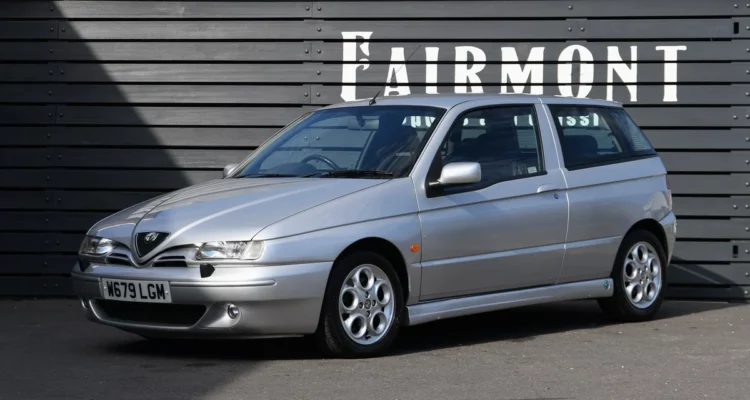The Homologators – Ford RS200
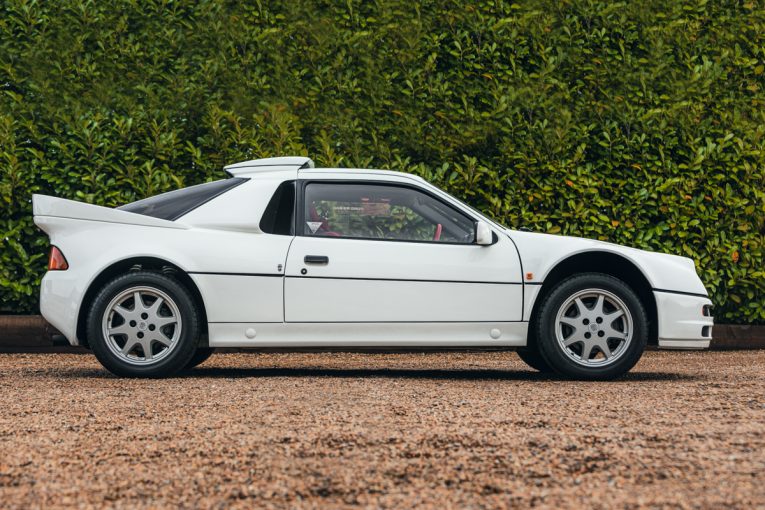
Ford have been a mainstay of the professional rallying scene since the ’70s. Beginning with the Escort Ford has a long, distinguished and successful history in the sport. But as great as those early RS 1800s were there’s one Ford rally car that tickles our collective fancy more than most. A car so radical that they had to take a break from racing to actually develop the thing. Ladies and Gentlemen, we present the RS200.
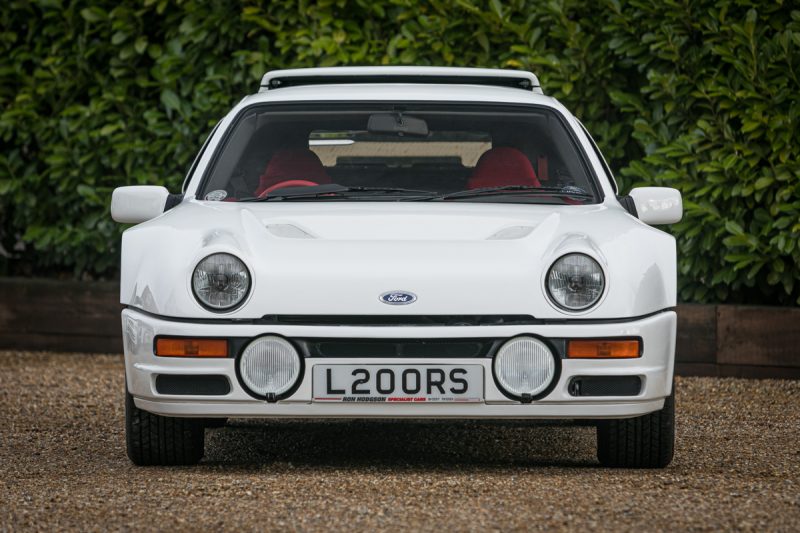
After winning the World Rally Championship in 1979 with Björn Waldegård, Hannu Mikkola, and Ari Vatanen at the helm of an Escort RS1800 Ford decided to step back from competition. It wanted to concentrate all of its efforts into developing and producing a brand new car for the Group B rally regulations that had recently been announced and that were coming into effect in the early part of ’80s.
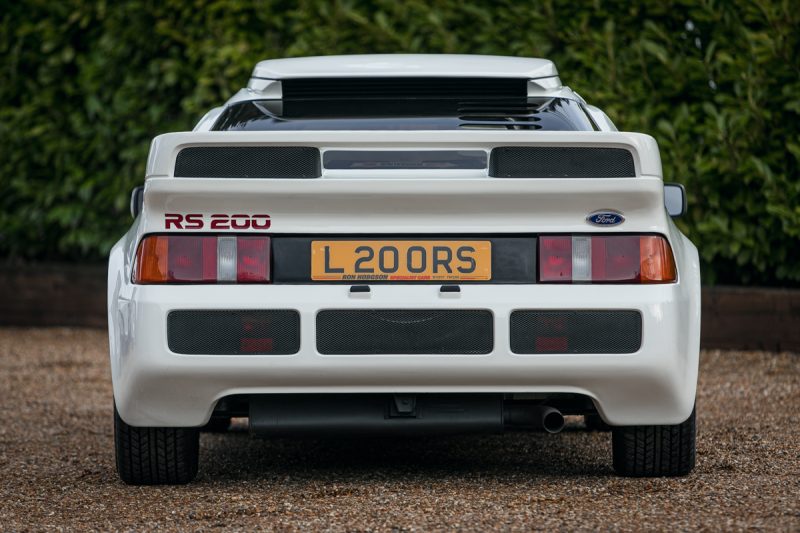
Ford’s initial effort, a next-gen Escort dubbed the ‘RS1700T’, was plagued with development issues from the outset and was abandoned before the endeavour really got off the ground. Undeterred, however, the top brass at Ford dusted themselves off and ploughed headlong into a new project. Taking the lessons learned from the failure of the RS1700T, along with inspiration from the Germans and French who’s respective rally weapons now featured all wheel-drive, this new purpose-built rally car was designated the RS200, in reference to the number of road-going versions that the company would need to produce to secure FIA homologation.
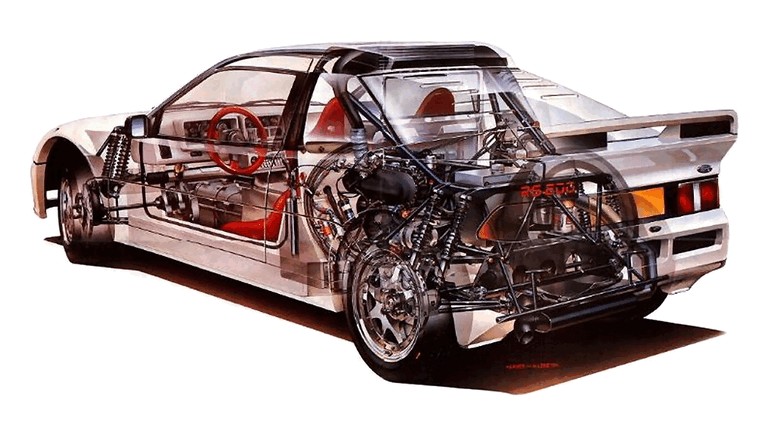
It was a progressive car, revolutionary even and its Ghia styling was like nothing Ford had ever produced before. While the rally cars from the likes of Audi, Peugeot and Lancia were derived from their production counterparts, the RS200 was a ground-up build and as such there was a certain element of carte blanche when it came to what they could actually do with it. The lightweight, aluminium honeycomb chassis was designed by F1 legends Tony Southgate and John Wheeler (the latter of which was working for Ford at the time) and who would develop the car to have the best weight distribution possible. This resulted in a rather complex drivetrain setup with the five-speed gearbox placed at the front of the car meaning power was delivered initially to the front wheels and then back to the rears via a second propshaft. It really was a bespoke machine but this allowed for the engine to be placed firmly in the middle of the car for that perfect balance the team was striving for.
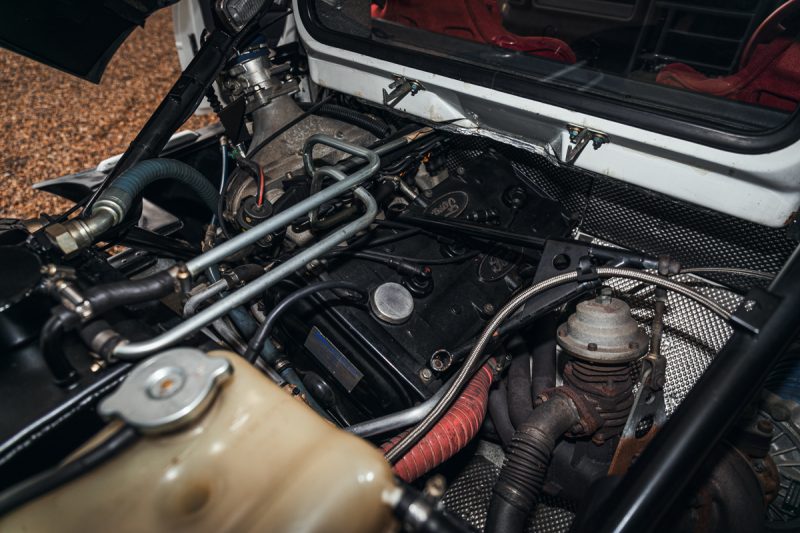
And boy what an engine! Along with leaning on Formula One expertise Ford also brought in Cosworth (naturally) to develop the 1.8-litre, four-cylinder, twin-cam 16-valve engine that in full race spec was churning out well over 400bhp thanks in part to forced induction via the use of a single turbocharger. With such a lightweight chassis and fibreglass body, as well as its four wheel-drive set up, the RS200 was lairy to say the least but with huge gobs of lag, along with unassisted steering and brakes it wasn’t the easiest of chariots to pilot on the limit, which is precisely where the driver needed to be to get the best from it.
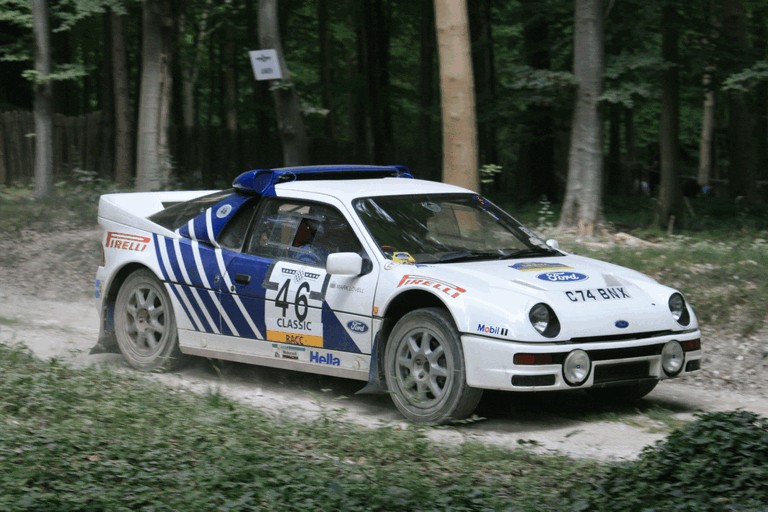
The road-going version was unveiled at the Belfast Motor Show in 1984 and featured a de-tuned variant of the original Cosworth BTD engine. Well, we say de-tuned but it was still developing around 250bhp which was enough for a five second 0-60 time and a top speed of 150mph. Although it was essentially a new build Ford did raid its parts bin for certain items such as the windscreen from the Sierra and rear lights and the cars were actually put together by Reliant. Yes, that Reliant, of Plastic Pig fame. Who’d have thought? Hastily produced, though, many of the cars were less than stellar in terms of build quality but any of these more superficial issues paled in comparison to the car’s performance credentials.
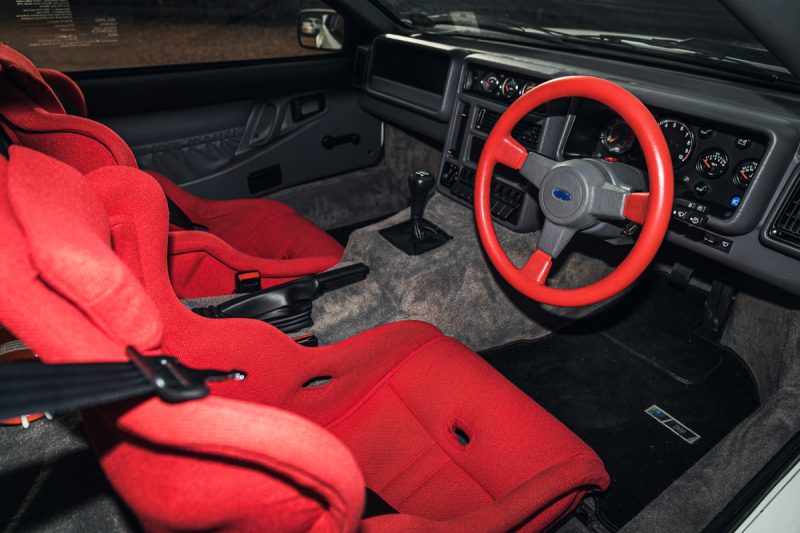
Sadly Ford’s new rally weapon only got to race in the ’86 season of the WRC, managing its best finish in Sweden – a third place podium with Kalle Grundel behind the wheel. What followed at the subsequent stage in Portugal signalled the beginning of the end for Group B rallying and therefore the RS200 too. In one of the most devastating crashes in rally history the RS200 of Joaquim Santos crashed into a group of spectators culminating in the tragic deaths of four people and injuring many others, a catastrophe that would prematurely put the kibosh on any further WRC competition for the car.
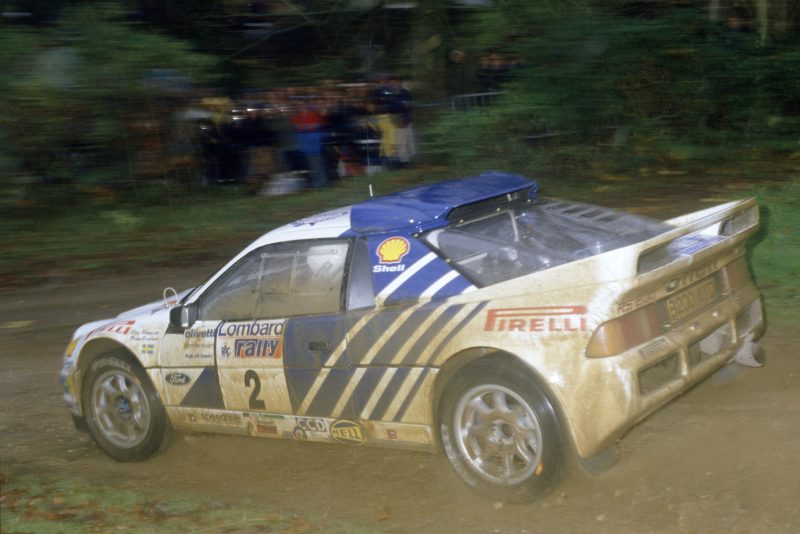
Then there were the Evolution models. Just when you thought the RS200 couldn’t get any more nuts Ford went ahead and produced 24 of these Evo spec cars, albeit not in line with the homologation regulations due to there not being a series left to actually homologate at this point. These versions featured a larger, 2.1-litre version of the Cosworth powerplant and depending on what boost pressure they were running were capable of producing anything from 400 to 800bhp plus. An Evolution spec RS200 famously held the Guinness World Record for ‘fastest accelerating car in the world’ for a staggering 12 years when Swedish rally legend Stig Blomqvist managed to wring a 0-62mph time of 3.07seconds out of the neck of his Evo. Group B had been abolished by now though and the fat lady had belted out her final ballad for the RS200.
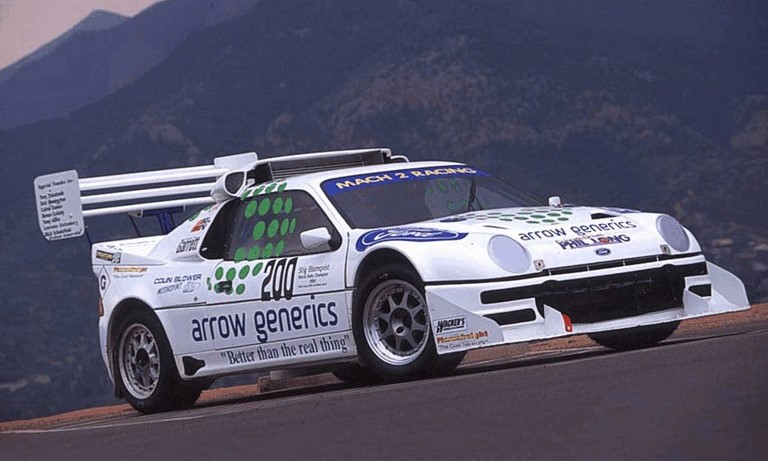
Despite its rather meagre career in the WRC the potential of the RS200 cannot and should not be underestimated and the car would go on to find success in other forms of motorsport such as Rallycross and hill climb events. It’s a unique, purpose-built rally supercar that was developed by some of the best in the business whose self-assured hubris was entirely justified. It’s a crying shame that it never got to fulfil its full potential on the World Rally Stage. Today the RS200 enjoys cult status and is widely regarded as one of the true greats, a legend of the Group B era, in spite of its limited appearances. It remains a car to be absolutely thrashed, to be wrestled from apex to apex, not mollycoddled and brought out every now and again for a quick ego-massaging session. To treat the RS200 as anything less than a proper race car is to miss the point entirely. It begs to be driven on the bleeding edge of its truly colossal capabilities and we love how unapologetic it is about that.

